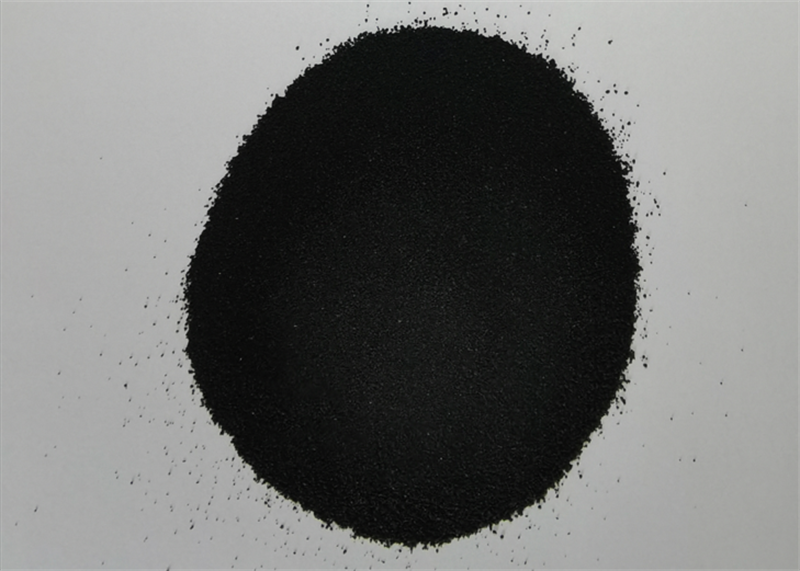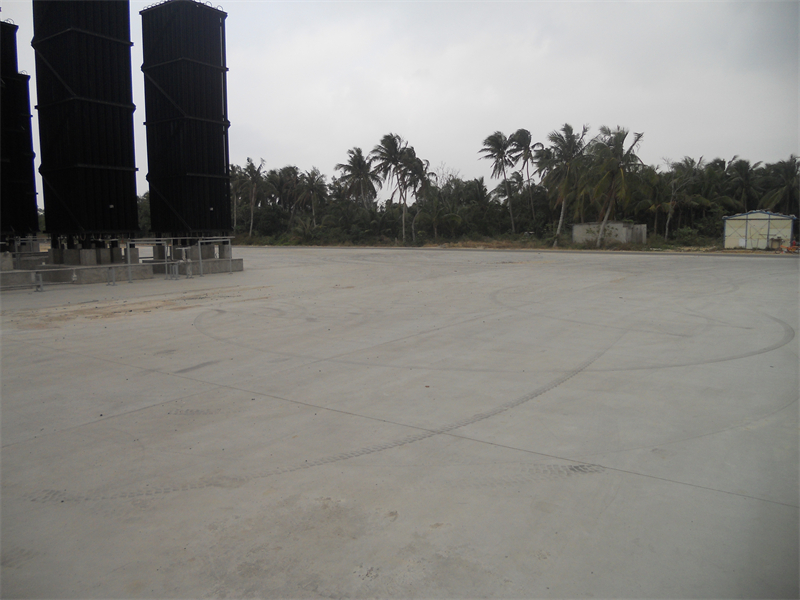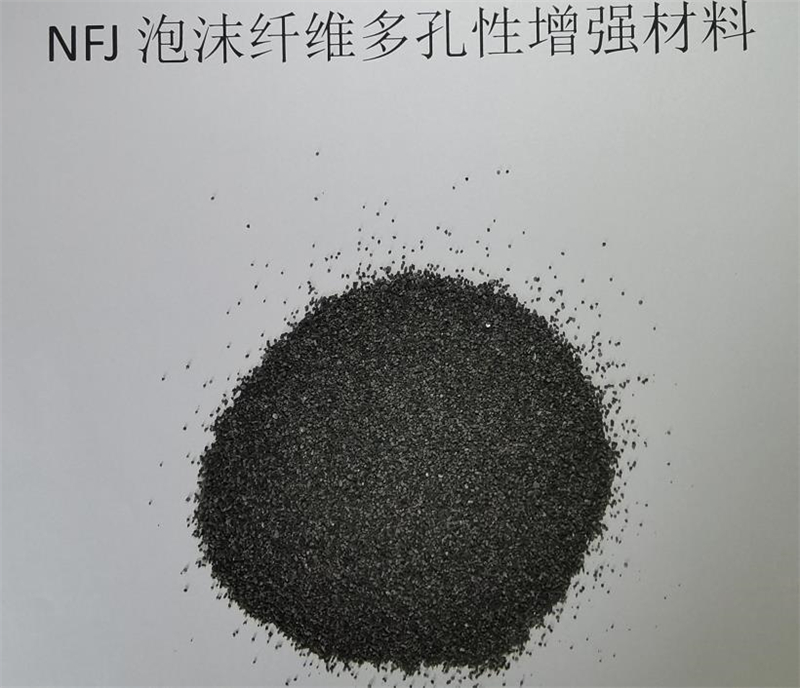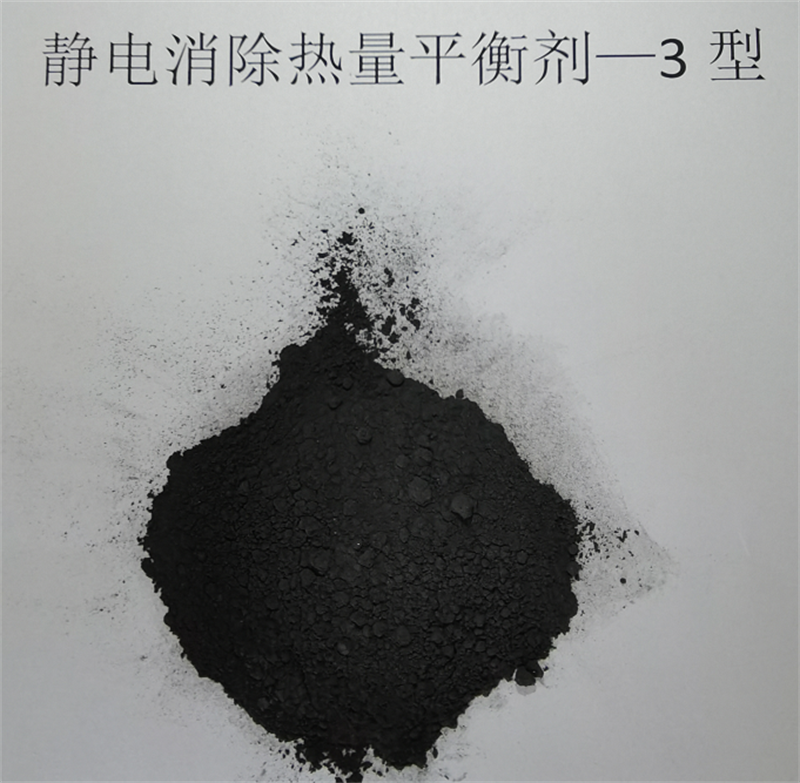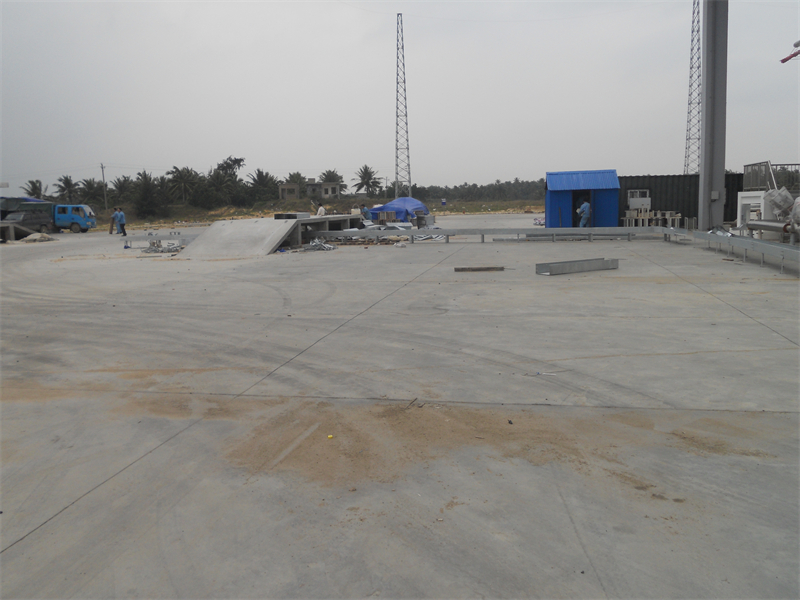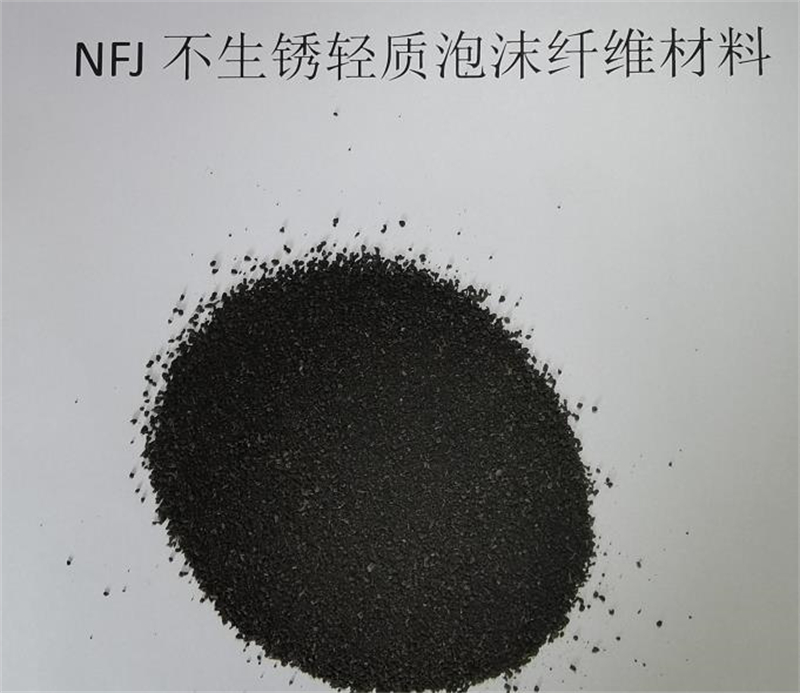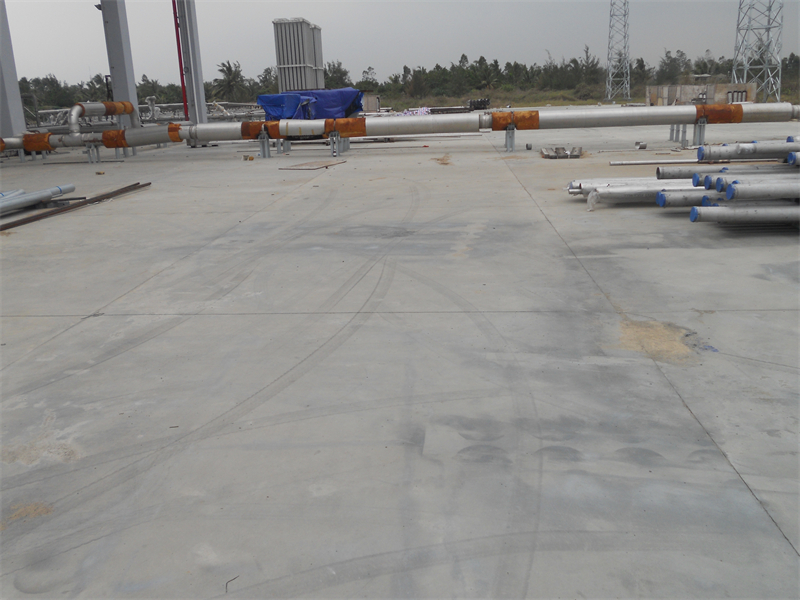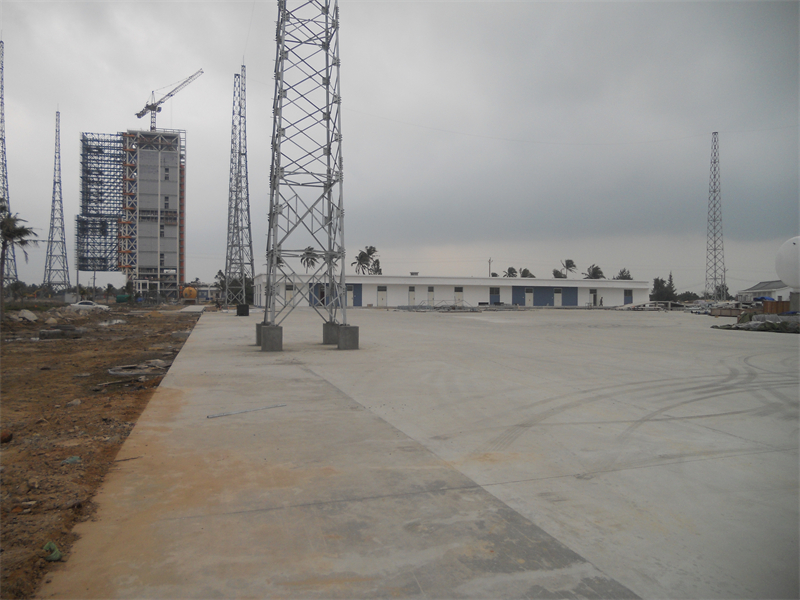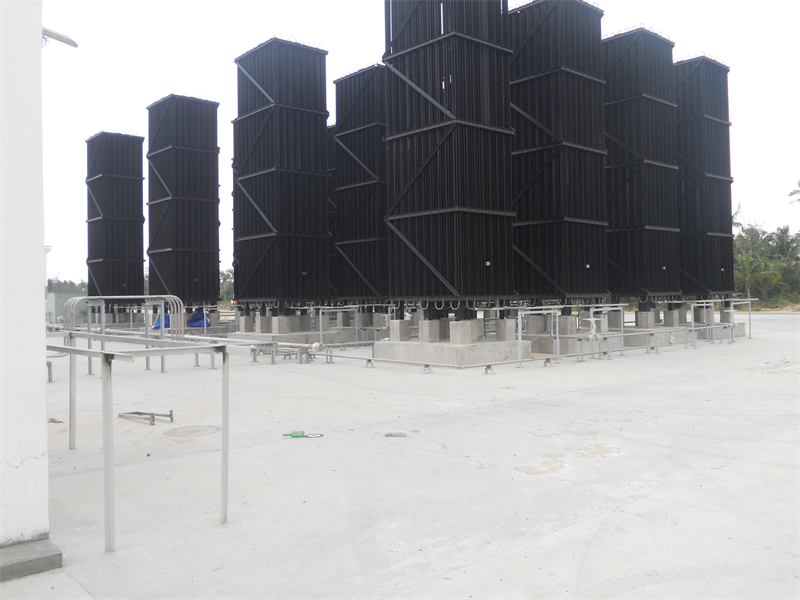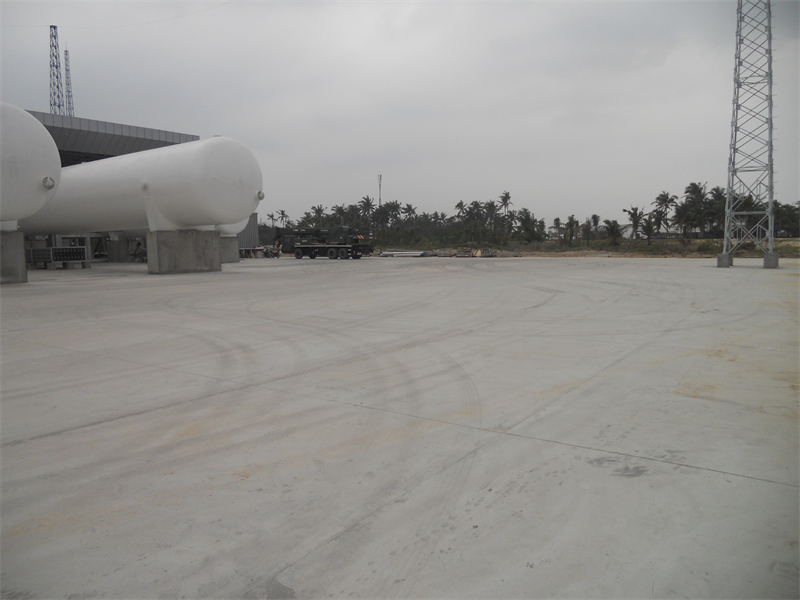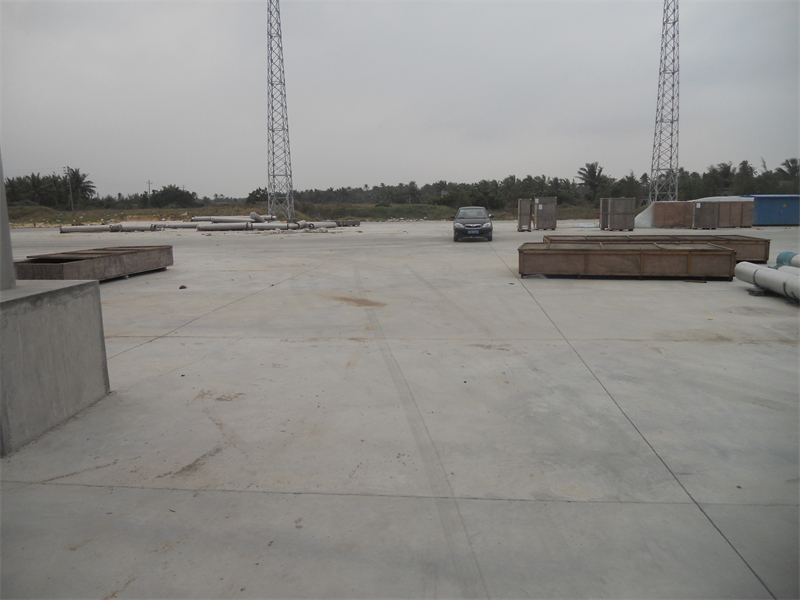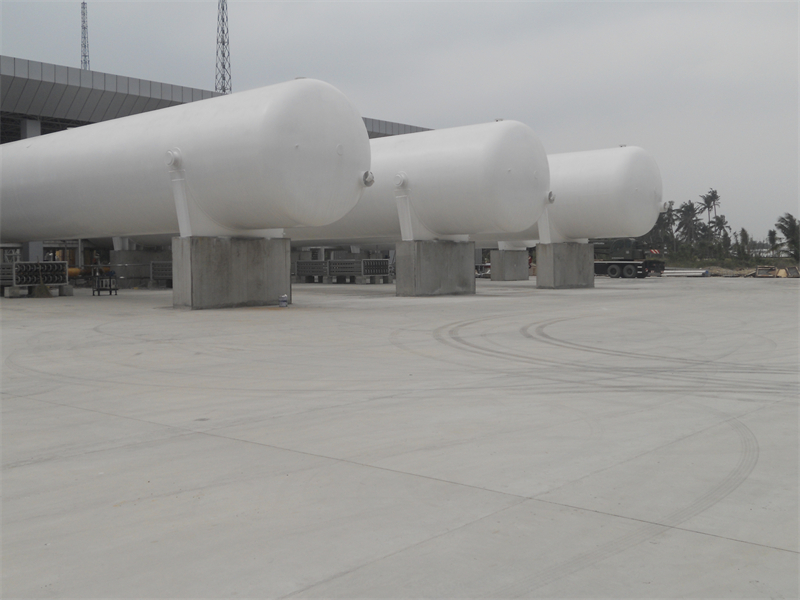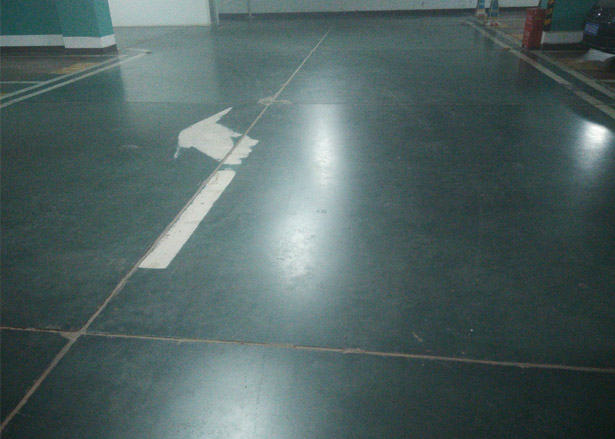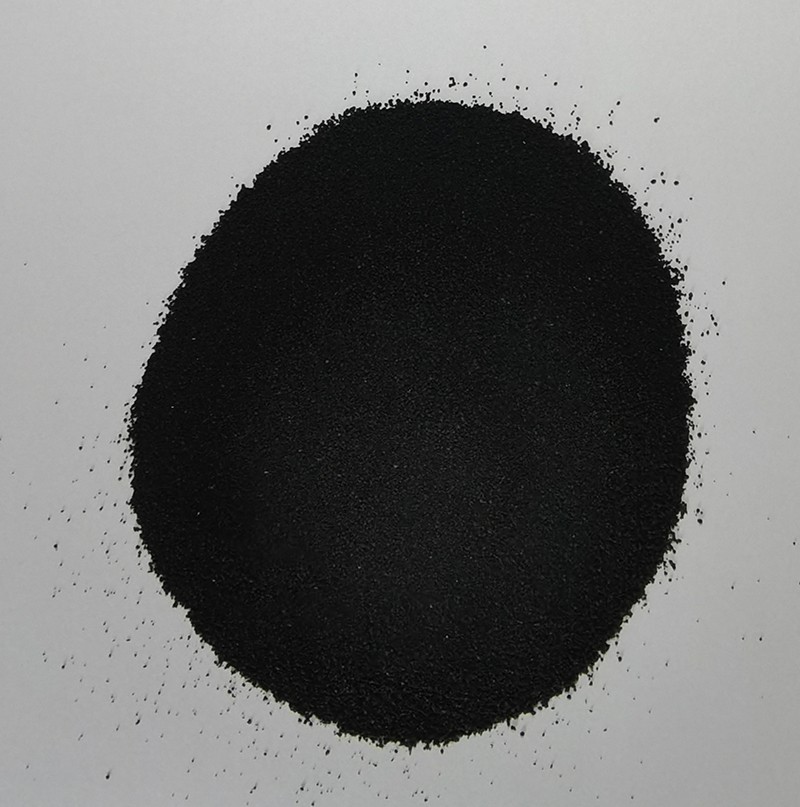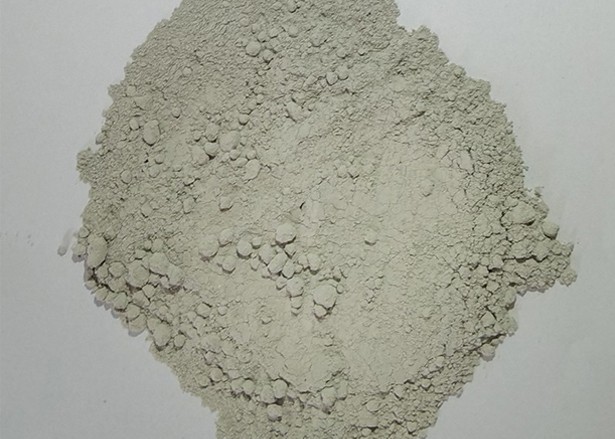Friction materials for brakes are critical components designed to provide controlled stopping power by converting kinetic energy into thermal energy through friction. These materials must withstand high temperatures, provide consistent performance over a wide range of operating conditions, and exhibit wear resistance to ensure long-term reliability. Several types of friction materials are commonly used in brake applications:
Organic Friction Materials: These materials are composed of non-metallic fibers (such as cellulose, aramid, or glass fibers) bonded with organic resins. Organic friction materials offer smooth engagement, low noise levels, and good modulation characteristics. They are often used in passenger vehicles, light trucks, and motorcycles due to their low cost, moderate wear characteristics, and relatively low dust generation.
Semi-Metallic Friction Materials: Semi-metallic friction materials contain a mixture of metallic particles (such as steel or copper) embedded within an organic matrix. These materials offer improved thermal stability, higher friction coefficients, and better fade resistance compared to organic materials. Semi-metallic friction materials are commonly used in heavy-duty applications, such as commercial trucks, SUVs, and performance vehicles, where higher temperature and load conditions are present.
Ceramic Friction Materials: Ceramic friction materials are composed of ceramic fibers, fillers, and a resin binder. These materials offer excellent thermal stability, consistent performance over a wide temperature range, and low wear rates. Ceramic friction materials provide high stopping power, reduced brake fade, and minimal dust generation, making them ideal for high-performance vehicles, luxury cars, and applications where noise reduction is a priority.
Carbon-Carbon Friction Materials: Carbon-carbon friction materials consist of carbon fibers or graphite particles bonded with carbon matrices. These materials offer exceptional thermal stability, low wear rates, and consistent performance under extreme operating conditions. Carbon-carbon friction materials are commonly used in racing cars, aerospace applications, and high-performance braking systems where lightweight construction and high temperature resistance are critical.
